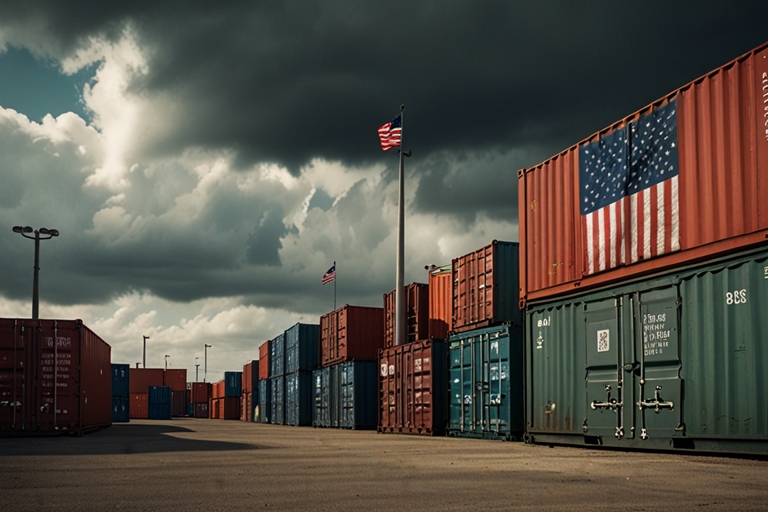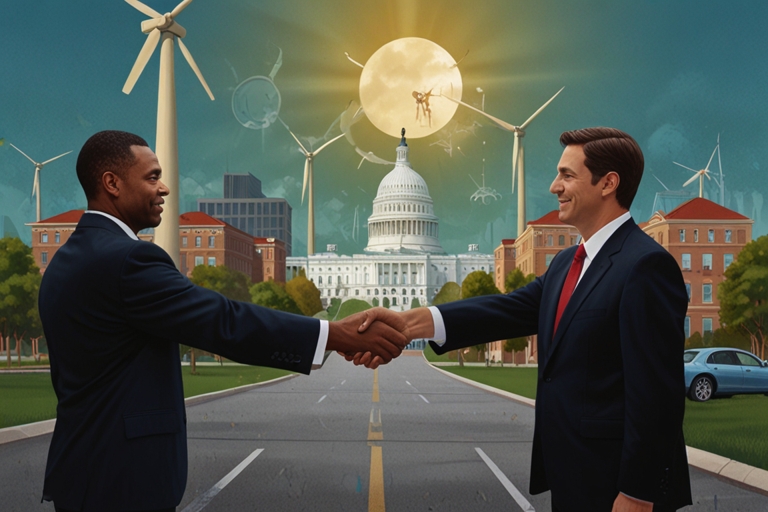
TL;DR
- President Trump confirmed that tariffs as high as 70% will soon take effect for select U.S. trading partners.
- The White House plans to send letters to 10–12 countries per day, outlining new trade terms starting August 1.
- While some countries are still negotiating, others may default to baseline tariffs imposed since April.
- Only two trade frameworks—with the U.K. and China—have been confirmed so far, raising concerns of market instability.
Tariff Deadlines Arrive as Trade Talks Stall
With just days remaining before the July 9 trade deadline, the Trump administration is moving to impose new “reciprocal” tariffs on dozens of countries. President Trump stated that starting Friday, the White House would notify 10 to 12 nations each day about their new tariff obligations, most of which will become effective on August 1, 2025.
Speaking at Joint Base Andrews, Trump explained:
“They’ll range from maybe 60% or 70% tariffs to 10% and 20%, but they’re going out starting tomorrow.”
These actions follow a three-month tariff moratorium initiated on April 9, when the U.S. invited countries to negotiate or face higher import duties.
Tariff Rollout at a Glance
| Key Development | Date / Figure | Source |
| Tariff warning issued | April 9, 2025 | CNN |
| Maximum tariff proposed | 70% | CNN |
| Tariff start date for most nations | August 1, 2025 | CNN |
| Nations receiving tariff letters | 10–12 per day | CNN |
| Baseline tariff rate for “Liberation Day” group | 10% | CNN |
| Trade frameworks confirmed | 2 (U.K. and China) | CNN |
Global Markets Already Reacting
Even before official letters have landed, global markets have begun to price in uncertainty. The original April 9 announcement triggered sharp selloffs in equities, bonds, and the U.S. dollar. With stock markets closed in the U.S. for Independence Day, trading activity abroad showed visible strain.
Earlier this week, Trump specifically mentioned Japan and the EU as trade partners that have driven “too hard of a bargain.” Japan was publicly warned of a potential 35% tariff, though it remains unclear whether this was a negotiation tactic or a real threat.
A European Union diplomat told CNN that negotiations remain “difficult,” and may extend beyond July 9, despite Trump’s firm stance.
“They’ll start to pay on August 1. The money will start to come into the United States on August 1, in pretty much all cases,” Trump said on Friday.
Flexibility or Firm Deadlines?
While the president signaled limited flexibility, White House Press Secretary Karoline Leavitt said last week that “the deadline is not critical” for countries showing good faith. Treasury Secretary Scott Bessent echoed this sentiment on Fox Business, suggesting that most negotiations may conclude by Labor Day.
Trump, however, appeared to tighten the timeline on Friday, dismissing suggestions of grace periods.
“Not really,” he said when asked about deadline extensions.
This contradiction signals a lack of policy clarity—a recurring theme in the administration’s international negotiations.
Only Two Frameworks Finalized
So far, the administration has finalized only two official trade negotiation frameworks—with the United Kingdom and China. Trump also announced a deal with Vietnam, but the White House has not published any formal terms or agreement documents.
Trump has previously claimed that up to 200 trade deals were in progress. However, as the deadline draws closer, he has acknowledged the logistical impossibility of handling such volume.
“We can’t do that,” he said, referring to the number of possible deals. “So at a certain point… we’re just going to tell them what they have to pay.”
Origin of “Liberation Day” Tariffs
On April 2, 2025, the White House declared “Liberation Day,” announcing a 10% baseline tariff on countries that had not secured new trade agreements. These minimum duties are still in place, and Trump confirmed they would remain for “smaller countries.”
“As we get to the smaller countries, we’re pretty much going to keep the tariffs the same.”
According to Treasury projections, nearly 100 nations may remain at the 10% default level, while larger trading partners face dramatically higher import duties—in some cases up to 70%.
Trade Strategy or Political Signal?
While the administration claims the tariff campaign is meant to achieve reciprocal fairness, critics view it as a re-election year economic maneuver. By framing tariff increases as revenue-generating policies, the administration may be targeting domestic political support amid inflation and budget pressures.
“It’s just much easier,” Trump said. “We have far more than 170 countries, and how many deals could you make?”
This framing, however, risks overshadowing existing trade relationships, especially with allies. European officials have repeatedly stated that ongoing talks are delicate, with Olof Gill of the European Commission describing the discussions as being in a “very sensitive phase.”
Markets Await Confirmation
For now, business leaders and international partners await confirmation of their country’s tariff status. Many are unsure whether the upcoming letters will serve as final notice, or whether further negotiation windows will quietly remain open.
“We talked to many of the countries, and we’re just going to tell them what they have to pay,” Trump concluded.
The coming week is expected to bring daily waves of policy shocks, as governments receive tariff assessments from Washington. The financial implications will likely depend on each country’s reaction speed and willingness to compromise.






